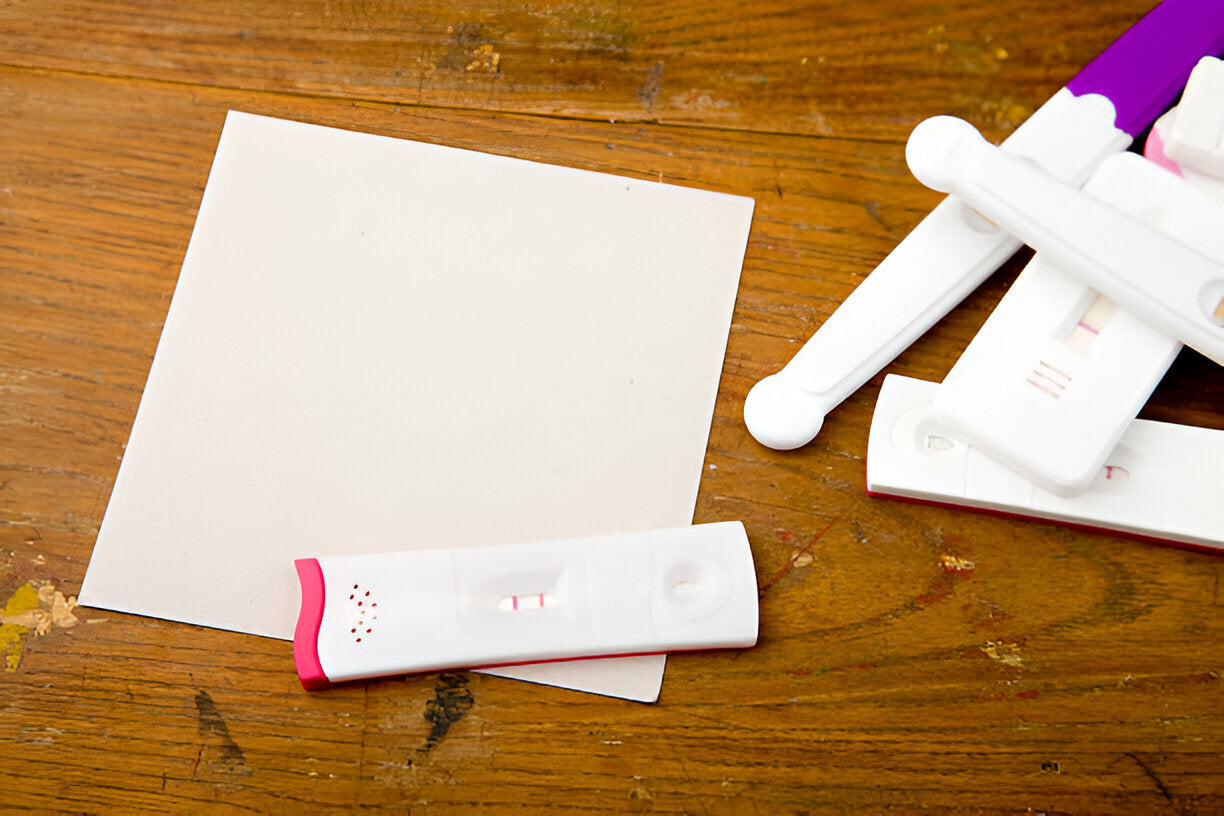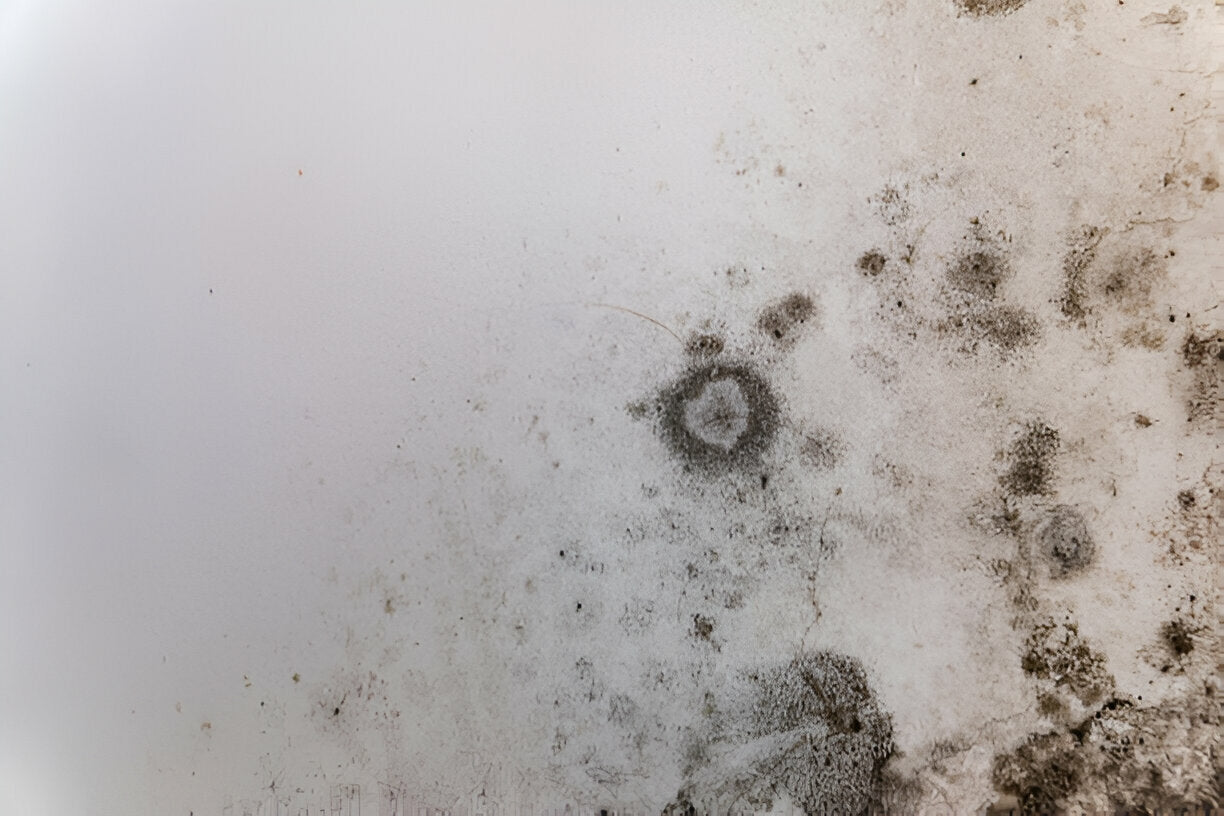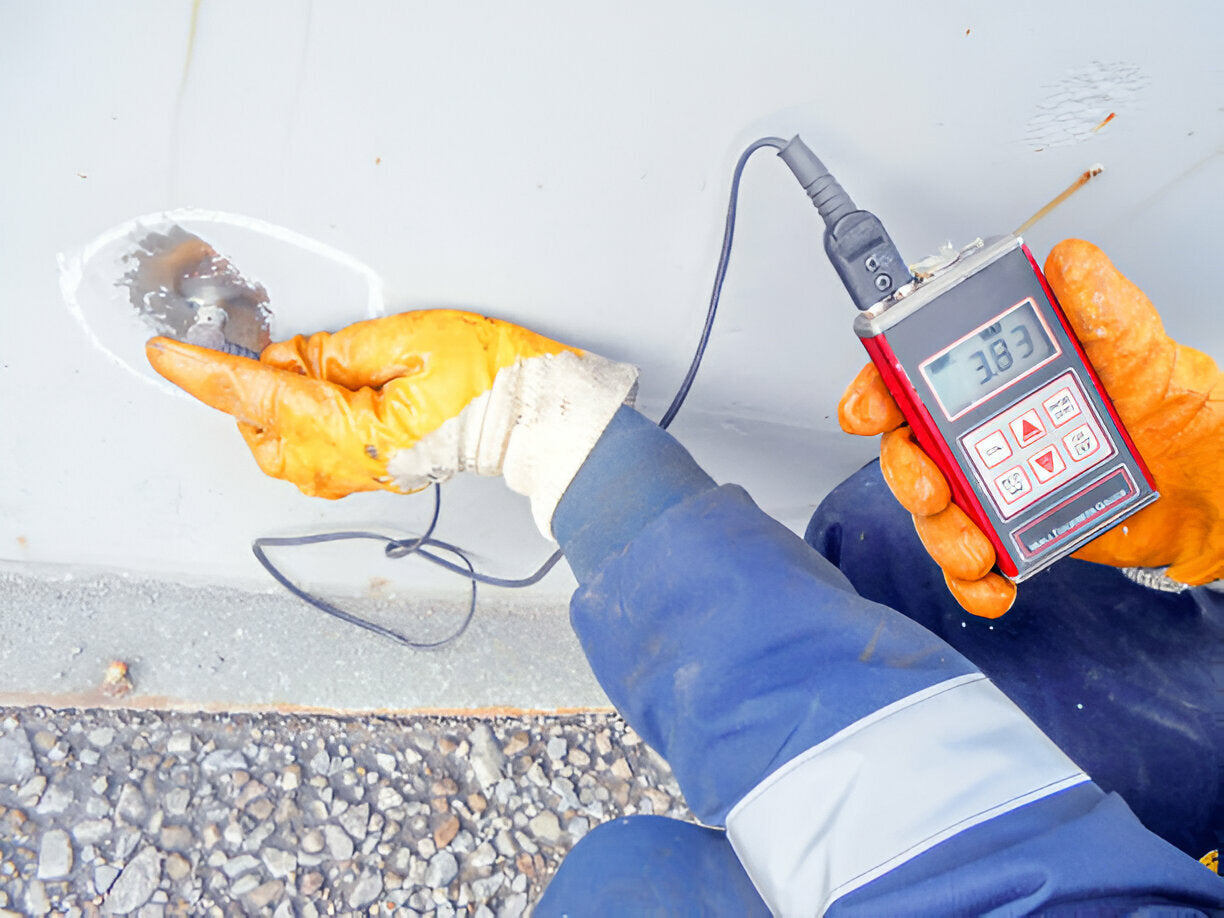When we think of indoor air pollution, soot is the last thing on our minds. This fine black powder often hides in vents, clings to walls, and floats in the air, quietly damaging your health and home. No matter the cause, soot can build over time and cause breathing issues, allergy flare-ups, and even stain surfaces that lower your property’s value.
If you're aiming for clean indoor air, understanding soot and how to test for it is essential. Let's talk about it in detail to ensure that you are breathing in clean air.
What is Soot and Why Should You Care
Soot is a fine, black powder composed of tiny carbon particles. It comes out of a burning piece of wood, a candle, oil, and even gas. You are likely to generate at least some soot in your home when you burn incense, cook using gas, or use a fireplace.
These small particles can be readily stuck in the fibers of the carpet or attached to the walls, or remain in the air even long after their source is removed.
According to the EPA, delicate particulate matter, such as soot (also referred to as PM2.5), can be inhaled and end up in the lungs or even the bloodstream, which could lead to health complications, including asthma, bronchitis, and heart disease.
Real-World Wake-up Call
Industry insider Kevin Barry describes how paraffin wax and synthetic fragrances cause soot, which collects on walls and vents over time, even without open flames running constantly.
Why Clean Indoor Air Matters More Than Ever
The EPA states that we spend up to 90% of our time indoors. As the work-from-home lifestyle gains popularity, our comfort, mental well-being, and even sleep quality depend on indoor air quality.
As revealed in a 2022 study conducted at Harvard T.H. Chan School of Public Health, low-quality indoor air is associated with lower performance in cognitive tasks, particularly in enclosed rooms, such as home offices.
Therefore, your brain may be affected by your indoor air quality.
Warning Signs That Show You Might Have a Soot Problem
You do not require a microscope to determine whether soot is entering your house. Look at these indicators:
-
Dark streaks on walls, vents, or the ceilings.
-
A smoky, burnt smell in some rooms.
-
Dust or greasy residue on furniture.
-
Worsening allergy symptoms or difficulty breathing indoors.
-
Frequent blackening of air filters.
If any of these ring a bell, it’s time to consider a DIY soot test kit.
Your Soot Testing Checklist
Before you call a professional, you can be proactive and use a DIY soot test kit. They are affordable and easy to use.
This is what needs to be done:
Identify Problem Areas
Areas near a chimney, where you frequently light candles, and those with black stains, should be checked first.
Use the Test Kit as Instructed
Most DIY soot test kits include swabs or wipes for sampling. You will collect samples from walls, furniture, and the vents.
Send Samples to a Lab (If needed)
Some kits include lab analysis. It is helpful to know whether the soot is organic (such as from candles) or if it poses a danger (such as from a backdraft furnace).
Interpret the Results
The kits typically include manuals to help you understand the results and determine whether professional remediation is necessary.
Tips to Maintain Clean Indoor Air
Testing is the first part of the solution. This is how you can manage soot and other pollutants.
-
Use less toxic candles: Opt for candles made from soy or beeswax with cotton wicks, which are less harmful and environmentally friendly. However, you should avoid synthetic scents.
-
Ventilate often: Keep the kitchen and bathroom fans on, and also open the window when possible.
-
Replace the air filters: This is typically done when using HVAC systems or portable air purifiers.
-
Use HEPA filters: They effectively capture fine particles, such as soot.
-
Avoid overusing fireplaces and incense: If you must use them, do that in well-ventilated rooms.
Lastly, call a certified inspector when you notice evidence of widespread soot marks around the HVAC systems or furnaces.
Soot and Property Damage: An Overlooked Risk
Soot doesn’t just affect health; it can also reduce the value of your home. Customers are afraid of buying homes with black traces or bad smells, and insurance usually doesn’t cover damages caused by “neglect”.
Capital Adjusting Services explains standard approaches to documenting soot and smoke damage claims and highlights why many claims are rejected due to incomplete evidence or insufficient inspections.
Barrett Law PLLC (Feb 2025) advises that soot damage may be covered, but denials are still common and may require legal action if insurers act in bad faith.
Conclusion: Take Care of Your Air
Your house is the place of security and safety, not a place where every breath you inhale carries health hazards. Whether it’s from everyday candles or a faulty furnace, soot can quietly compromise your goal of clean indoor air.
A DIY soot test kit gives you the power to investigate before the situation worsens. There are simple changes that can be made to prevent subsequent soot buildup.
Stop worrying about having bad air quality or soot at home. Get your soot testing kits from MycoTest. Our kits come with clear, step-by-step instructions, making them simple to use for both professionals and first-time testers.






